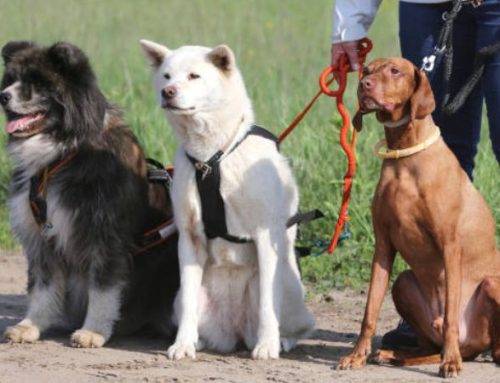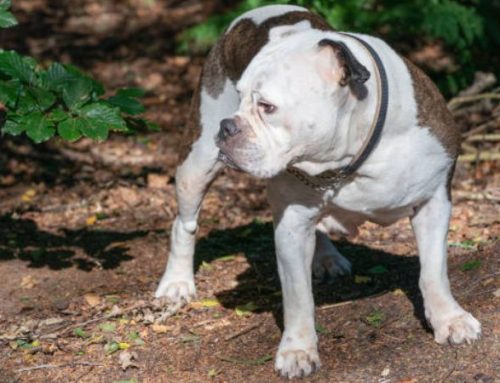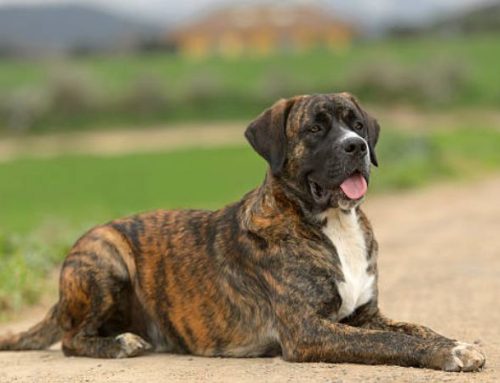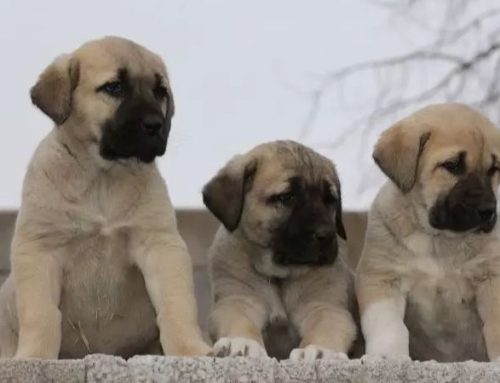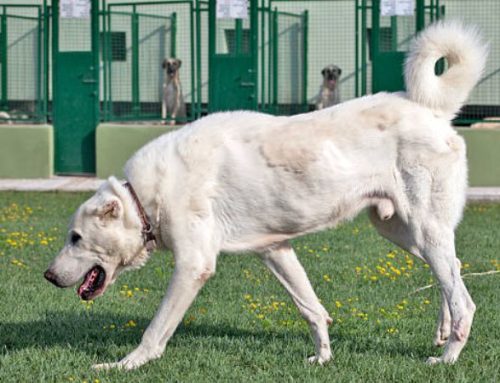Graceful, silky-coated, and steeped in centuries of history, the Turkish Angora is far more than just a beautiful cat. Hailing from the heart of Turkey, this elegant breed has long been admired for its striking looks and lively spirit, earning a reputation as both a national treasure and a beloved companion around the world. From their fascinating origins to what it takes to care for one today, let’s dive into everything you need to know about the enchanting Turkish Angora.
A Brief History of the Turkish Angora
The Turkish Angora is one of the oldest naturally occurring cat breeds, with roots tracing back hundreds of years to central Anatolia, in what is now Ankara, Turkey (historically known as Angora). Believed to have descended from the African wildcat (Felis lybica), the breed’s long, silky coat may have developed either through natural mutation or as an adaptation to the harsh Anatolian winters. Written accounts of Angora cats date as far back as the 16th and 17th centuries, when they were prized in the palaces of Turkish sultans and admired by European aristocracy after being imported to France and Britain.
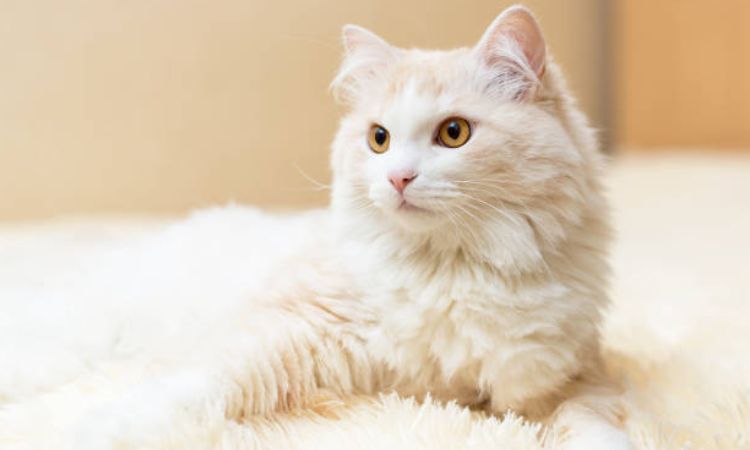
By the 18th and 19th centuries, Turkish Angoras were frequently mentioned in literature and depicted in art, but their identity often became blurred with that of the Persian cat. In fact, Angoras were heavily used in Persian breeding programs to improve coat length and texture, which ironically caused their own numbers in Europe to decline.
Recognizing their cultural and historical importance, Turkey launched a conservation effort in the early 20th century at the Atatürk Forest Farm and Zoo in Ankara, with a breeding program designed to preserve the pure white Angora—particularly those with striking odd-colored eyes.
The breed began making its way to North America in the 1960s. Two Angoras from the Ankara Zoo were gifted to an American couple, forming the foundation of U.S. breeding lines. In 1973, the Cat Fanciers’ Association (CFA) granted the breed championship status (initially only for white cats, with colored varieties following in 1978). Today, the Turkish Angora is recognized worldwide by major cat registries, though breeders in Turkey continue to emphasize that true Angoras should remain closely tied to their original Ankara heritage.
Turkish Angora Price
Initial Purchase or Adoption Costs
The cost of acquiring a Turkish Angora can vary widely depending on whether you buy from a breeder or adopt from a shelter.
Breeder Price: Purebred Turkish Angora kittens typically range from $1,000 to $2,000, though prices can be higher for show-quality cats or rare coat colors. Several factors influence the price:
- Pedigree: Cats with documented lineage from reputable breeders usually cost more.
- Show Quality: Kittens bred for conformation to breed standards and exhibition purposes often carry a premium.
- Breeder Reputation: Well-known and responsible breeders who follow health testing protocols for HCM, deafness, and other genetic issues charge more for the assurance of quality and health.
Adoption Fees: Adopting a Turkish Angora from a rescue or shelter is usually far less expensive, ranging from $50 to $300. Adopting an adult cat comes with several advantages:
- The cat’s personality is fully developed, making it easier to gauge compatibility with your family.
- Most adopted cats are already spayed or neutered and vaccinated, saving on some initial medical costs.
- Supporting adoption helps provide a loving home to a cat in need.
One-Time Startup Costs
Bringing a Turkish Angora home involves several essential one-time expenses to ensure your cat’s comfort and safety:
- Supplies: Cat carrier, litter box, food and water bowls, scratching posts, interactive toys, and a cozy bed. Expect to spend around $150–$300 depending on the quality and quantity of items.
- Veterinary Care: Initial vet visits may include spaying/neutering, vaccinations, microchipping, and a general health checkup. This can range from $150–$500, depending on your location and vet clinic.
Ongoing Monthly & Annual Expenses
Owning a Turkish Angora also comes with recurring costs to maintain their health and happiness:
- Food and Treats: High-quality commercial cat food costs $30–$70 per month, depending on age, size, and dietary needs.
- Litter: Expect to spend $15–$40 per month on clumping litter or specialty options.
- Routine Vet Care: Annual wellness exams, vaccinations, and preventive medications (flea, tick, and deworming) typically cost $100–$300 per year.
- Grooming Supplies: Brushes, nail clippers, and occasional bathing supplies can total $50–$100 per year.
- Pet Insurance (Optional): While optional, pet insurance is highly recommended to cover unexpected medical expenses. Plans range from $15–$50 per month, depending on coverage level.
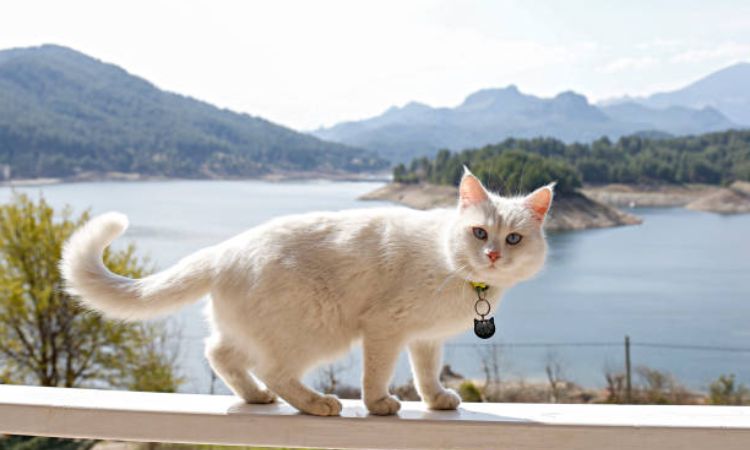
Key Turkish Angora Traits and Characteristics
Personality and Temperament
Turkish Angoras are often described as having “dog-like” qualities due to their affectionate, social, and intelligent nature. They are highly interactive with their families, forming deep bonds with humans and showing loyalty uncommon in many other cat breeds.
- High Energy & Playfulness: Turkish Angoras are far from being typical lap cats. They are energetic and love to explore, climb, and play, often demonstrating remarkable agility.
- Graceful Movements: Their slim, athletic build gives them a ballerina-like elegance in motion, which is both captivating and distinctive.
- Adaptability: They adjust well to different living environments, thriving in apartments or larger homes as long as they have space to play and explore.
- Talkative Nature: Angoras are known to communicate frequently with humans through soft meows and chirps, enjoying interaction and attention.
Physical Appearance
Turkish Angoras are a strikingly elegant breed with a refined and athletic physique.
- Coat: Long, silky, and single-layered (they have no undercoat), which requires regular grooming to maintain its sheen and prevent tangling.
- Colors & Patterns: While white is the classic and most recognized color, they come in a wide range of colors and patterns. Heterochromatic eyes (two different colors) are a signature trait, often seen in combinations of blue and green.
- Body: Slender, muscular, and well-proportioned, with long legs that enhance their graceful movements.
- Ears & Eyes: Large, upright ears and almond-shaped eyes give them a refined, alert expression.
Size and Lifespan
- Height: Typically 20–25 cm for both males and females.
- Weight: Usually ranges from 2–5 kg, with males often slightly heavier than females.
- Life Expectancy: 12–18 years with proper care, diet, and regular veterinary checkups.
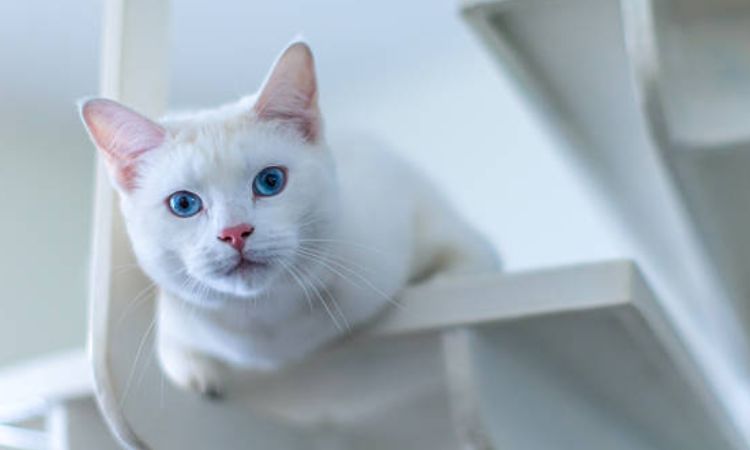
Essential Care and Grooming for Your Turkish Angora
Turkish Angoras are elegant, intelligent, and playful cats that thrive when their physical, mental, and emotional needs are properly met. Here’s a detailed guide to caring for your Angora.
Grooming Needs
- Brushing: Turkish Angoras have a single-layer, silky coat that rarely mats. Brushing a few times per week is sufficient to keep their fur smooth, reduce shedding, and maintain healthy skin. During seasonal changes, their coat length can vary, so adjust grooming frequency accordingly.
- Nail trimming and dental hygiene: Trim your cat’s nails regularly to prevent overgrowth and injuries. Dental care is crucial; brushing at least three times per week helps prevent plaque buildup and dental disease.
- Bathing: Unlike many cat breeds, some Turkish Angoras enjoy water. Occasional baths can be a bonding activity and help maintain coat cleanliness, though bathing is not strictly necessary.
Diet and Nutrition
- High-quality cat food: Feed your Angora a diet formulated to meet AAFCO nutritional standards appropriate for their life stage (kitten, adult, or senior). Discuss with your veterinarian for personalized recommendations based on health, age, and lifestyle.
- Portion control: Turkish Angoras are medium-sized cats (8–15 lbs) and can gain weight if overfed. Follow the feeding instructions on your cat’s food and maintain a consistent feeding schedule, ideally splitting meals into two or more portions daily. Treats should not exceed 10% of daily caloric intake.
- Enrichment feeding: Puzzle feeders or hiding treats around the home can satisfy their natural hunting instincts while providing mental stimulation.
Exercise and Mental Stimulation
- Interactive play: Angoras are energetic, playful cats. Regular play sessions with toys, laser pointers, and interactive puzzles keep them physically active and mentally engaged.
- Vertical space: Provide cat trees, window perches, shelves, and hammocks. Turkish Angoras love climbing and observing their environment from high vantage points.
- Leash training: With patience and proper introduction, some Turkish Angoras can be leash-trained, allowing safe outdoor exploration.
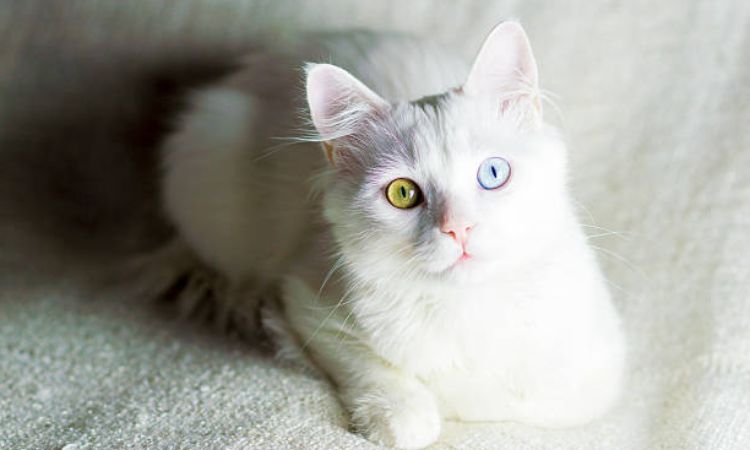
Health Concerns and Wellness
- Genetic predispositions:
- Hereditary deafness is common in all-white Turkish Angoras with blue eyes (or one blue eye). Affected cats can live full, happy lives when kept in a safe environment.
- Heart disease: Hypertrophic cardiomyopathy (HCM) can occur; early detection through veterinary screening of breeding parents is essential.
- Common health issues: Turkish Angoras may also face routine feline health concerns such as obesity, dental problems, urinary tract conditions, and joint issues as they age.
- Regular veterinary care: Annual checkups, vaccinations, parasite prevention, and routine monitoring are vital to maintaining your Angora’s long-term health.
Caring for a Turkish Angora means balancing grooming, nutrition, exercise, and health monitoring. With proper care, enrichment, and attention, your Angora will remain a healthy, playful, and affectionate companion for many years.
Ultimately, the Turkish Angora is much more than just a beautiful cat; they are a devoted and dynamic family member. Their grace and charm are matched only by their loyalty and endless curiosity. With proper care and plenty of affection, a Turkish Angora will not only fill your home with life and laughter but will also form a bond with you that lasts a lifetime.


